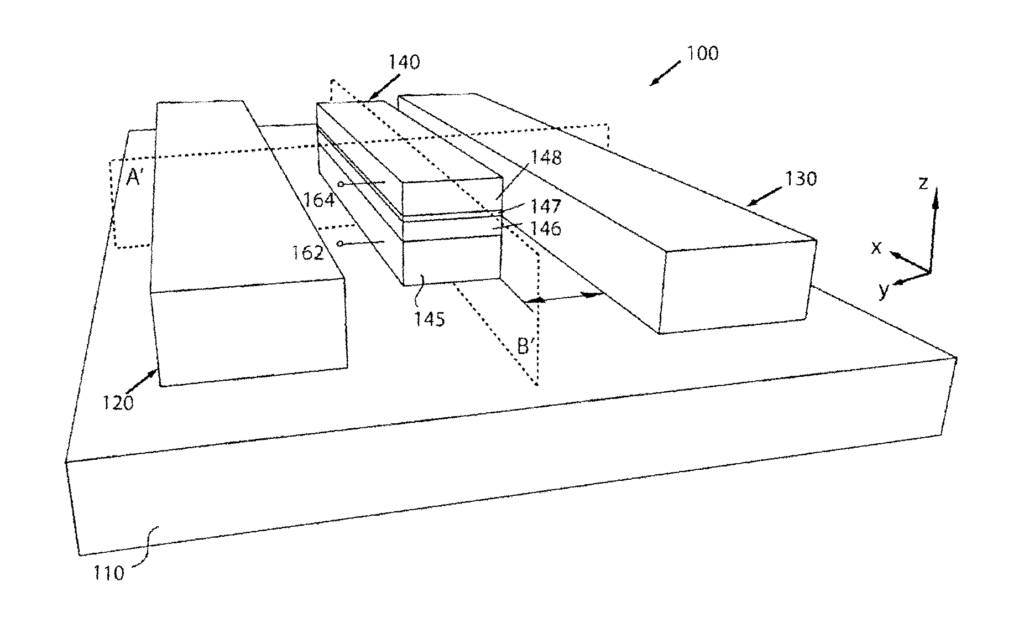A Breakthrough in Optical Switching: Revolutionizing Speed, Bandwidth, and Integration
Introduction
In an era where speed and bandwidth define the competitive edge, the integration of photonics and electronics is no longer just a technological trend—it’s a necessity. Enter our innovative solution: a silicon-based, broadband, waveguide-integrated electro-optical switch. This cutting-edge technology addresses the key challenges faced by the modern data and telecommunications industries, offering an efficient, scalable, and high-performance solution for managing data traffic.
The Problem
As global data demands skyrocket, traditional electronic switches are struggling to keep up. The increasing reliance on high-speed, high-bandwidth communication systems exposes the limitations of purely electronic components. These switches generate heat, require more power, and ultimately slow down the transmission of data, especially in fiber-optic systems where photonic signals are used. The need for an electro-optical switch that can bridge the gap between photonic and electronic components is greater than ever before.
The Solution
Our patented electro-optical switch represents the future of high-speed data communication. By utilizing silicon-based broadband technology, this switch seamlessly integrates photonic and electronic components into a single, efficient waveguide structure. It is capable of converting and directing optical signals with unmatched precision, speed, and efficiency.
Why This Technology Stands Out
- High-Speed, High-Bandwidth Performance: This switch is engineered for today’s data-heavy applications. Whether in fiber-optic networks or optical computing, the switch provides ultra-fast data transmission without the bottlenecks of traditional electronic switches. Its broadband capabilities ensure high-speed data processing across a wide range of frequencies.
- Seamless Integration: Our waveguide-integrated design allows the switch to be incorporated directly into existing silicon-based systems. This compatibility with traditional semiconductor manufacturing processes reduces costs and accelerates time to market, making it an attractive option for companies looking to integrate photonic capabilities into their product lines.
- Energy Efficiency: Unlike electronic counterparts that generate significant heat and require extensive cooling, our electro-optical switch operates at lower power levels. This not only reduces operational costs but also helps in meeting environmental sustainability goals—crucial for companies aiming to reduce their carbon footprint.
- Scalable for the Future: As data demands continue to grow, scalability becomes a critical concern. Our switch’s design is built with future expansion in mind, offering a solution that grows with your needs, from data centers to global telecommunications networks.
Why License This Technology?
Licensing this silicon-based electro-optical switch technology gives your business access to the future of data communication. By integrating this solution, you can dramatically improve the speed and bandwidth of your networks while reducing power consumption and heat generation. Whether you’re in telecommunications, data centers, or developing optical computing systems, this technology sets you apart from competitors stuck in electronic paradigms.
In a world where data is the currency, having the fastest, most efficient systems is the key to staying ahead. By licensing this electro-optical switch, you’re not just investing in a product—you’re adopting a cutting-edge technology that will drive the future of global communication. The future of data transmission is optical, and it starts here.

- Abstract
- Claims
What is claimed is:
1. An electro-optical switch comprising:
a third waveguide disposed on the low dielectric layer, the third waveguide comprising:
12. A method for coupling a light signal between the first, second, and third waveguides, the method comprising steps of:
14. The method of claim 12, further comprising optimizing coupling between the first, second and third waveguides by:
16. The method of claim 14, wherein the step of determining comprises steps of:
18. A light routing switch comprising:
20. An electro-optical switch comprising:
a third waveguide disposed on the first low dielectric layer, the third waveguide comprising:
Share
Title
Silicon-based, broadband, waveguide-integrated electro-optical switch
Inventor(s)
Volker J. Sorger, Chenran Ye, Ke Liu
Assignee(s)
George Washington University
Publication #
9529158
Publication Date
December 27, 2016
